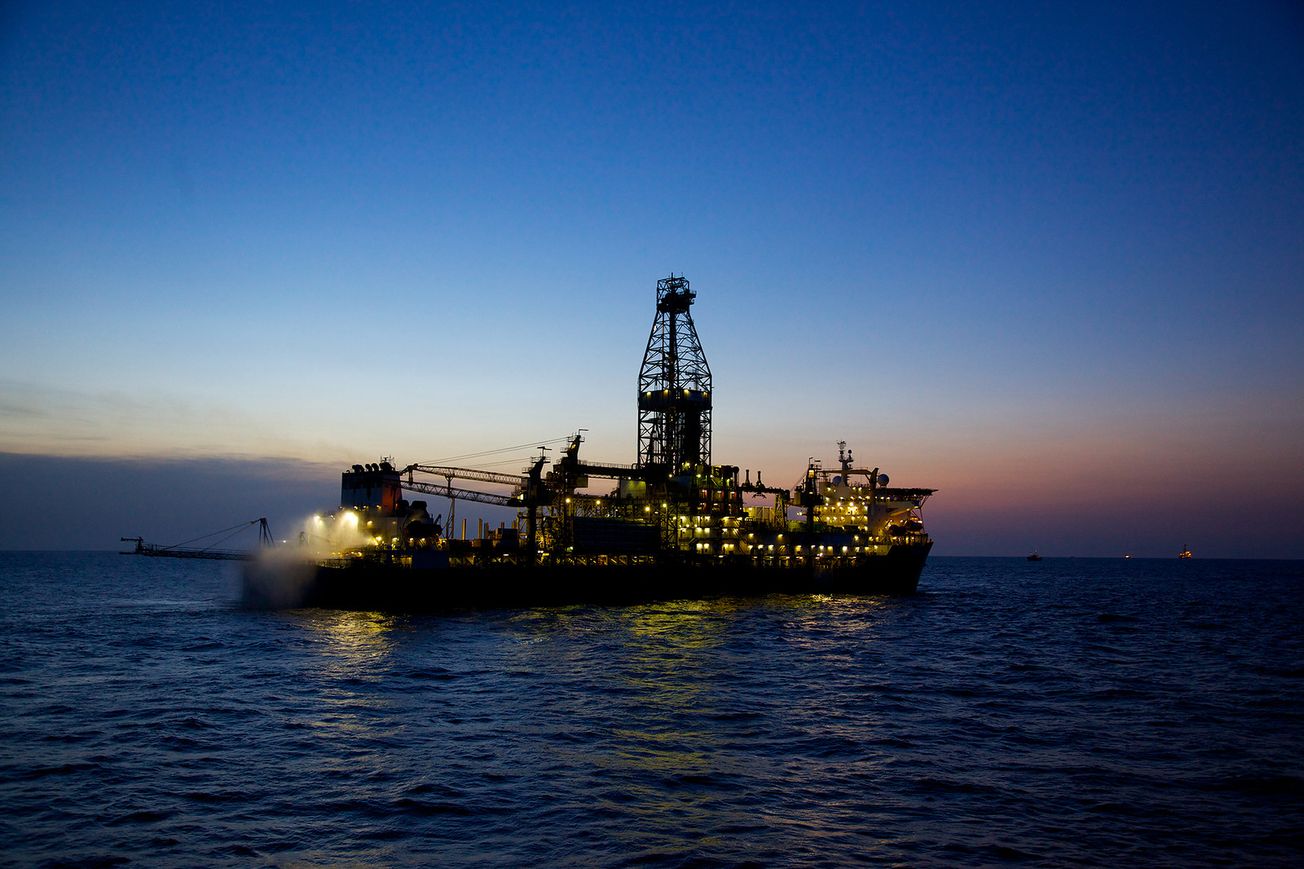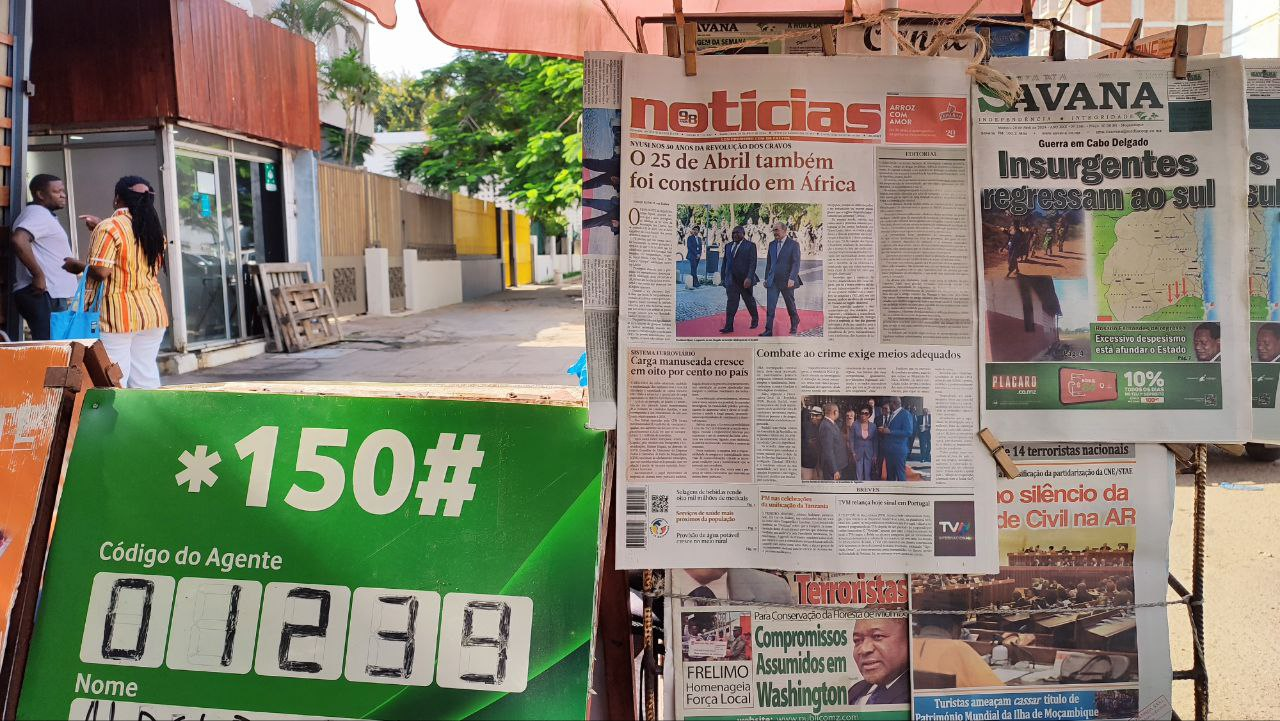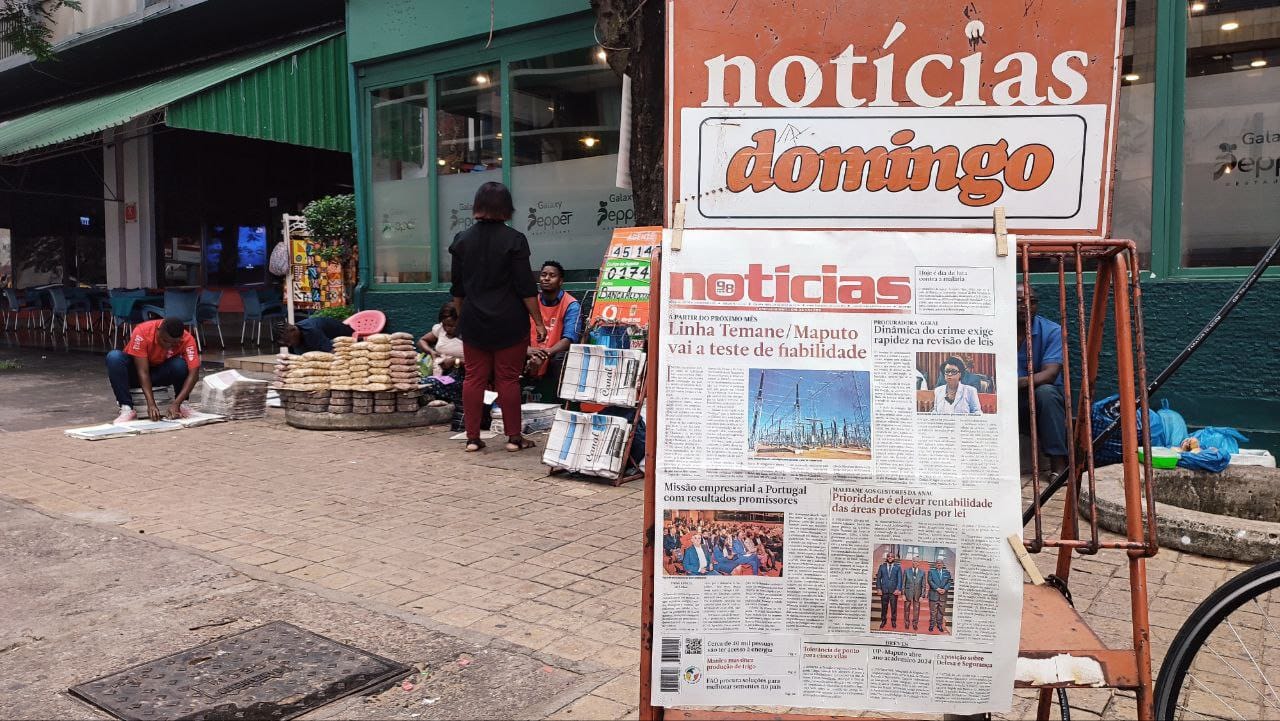The face-off in coastal Macomia came to an end on 30 June, when a patrol of the FADM was ambushed while approaching an insurgent base. In the fighting that ensued, up to 10 FADM troops were killed. Islamic State (IS) claimed in its al-Naba weekly newsletter of 13 July to have captured and subsequently killed three more. In its statements, IS stated that the detachment consisted of troops from the FADM, the Rwanda Security Forces (RSF), and the SAMIM. However, no evidence of the involvement of SAMIM or RSF was presented by IS, something that has been confirmed by various sources.
On land, Macomia district is primarily reliant on FADM outposts with patrolling support from the South African contingent of SAMIM based in the district headquarters, almost 50 kilometers from Pangane on the coast. Local Forces – communal militias supported by the state – have traditionally been weak in the district. Meanwhile, the coast remains unguarded, allowing for movement and support to the insurgents’ logistics from that side. The conflict in Macomia is now shaped by this combination of FDS weakness, SAMIM and RSF reluctance, and the limited presence of Local Forces, combined with the deep roots that the insurgents have in Macomia.
ACLED data reflect the relative levels of engagement by the various forces. Since the beginning of the year, ACLED has recorded 12 battle events with the insurgents in Macomia district. Of these, 10 have involved the FDS, and just two have involved SAMIM forces. The solitary incident involving Local Forces recorded by ACLED in 2023 is of Local Forces detonating a booby trap in February, likely laid by the FADM. Understanding the relative strength, and patterns of behavior of this conflict’s actors will give some insight into risks to be faced in the province in the coming months.
The insurgents' choice of coastal Macomia as a stronghold came in the wake of heightened operations by both state forces, and intervention forces, particularly SAMIM, since September 2022. These included Operation Kichwa Chake, pursued by SAMIM in Nangade, particularly in the final quarter of 2022, and Operation Vulcão IV, led by FADM and officially launched in January 2023. These operations prompted the insurgents to move their center of gravity to Macomia, and in particular to the coastal strip between the villages of Pangane and Quiterajo.
The move to the coast also reflects the roots that the insurgency has in communities there. The backgrounds of two of the insurgency’s leaders from the area, Muamudo Saha and Mussa Daniel, give some insight into this. Saha’s background has been documented by Sérgio Chichava of the Institute for Economic and Social Studies in Maputo. The son of a religious leader in the village of Rueia, in Mucojo, he was drawn to the more fundamentalist teachings of the self-described Ahlu Sunna Wal Jamaa (ASWJ) sect. Respected in the area as a religious leader, he became a social and religious activist. In 2015, he came to national attention, for calling for the banning of alcohol in his community. After his second detention related to radical preaching in 2017, he is thought to have moved to Mocímboa da Praia, and taken up arms.
Mussa Daniel’s story is similar, according to sources in Macomia. He is originally from Ilala, also known as Cobre, and the scene of the 30 June killings of FADM troops. Like Saha, his radicalization occurred in mosques, and with individuals in the ASWJ network. He is said to have been radicalized at a mosque in nearby Cogolo – also not far from the current insurgent base at Namurussia. Like Saha, he is thought to have joined the insurgency early, and is said to have been involved in an attack on Ilala itself in September 2018. Sources say he has been prominent in recent engagements by insurgents in villages in the area, acting as a “guide and counselor.”
One might expect this sustained presence in the area, built on local knowledge and networks, might trigger a significant response from the friendly forces of the RSF and SAMIM, as well as from Mozambican state forces. But beyond recent ‘atmospheric’ patrolling by SAMIM, and more aggressive patrolling by FADM, this has not been the case.
FADM was previously involved in intensive operations on the coastal strip between Quiterajo and Pangane in early June 2021, just prior to international intervention. RSF troops are no strangers to the area either, even if Macomia is outside their Area of Responsibility. Their forces patrolled villages between Quiterajo and Pangane for a time in April 2022. This followed operations to clear an insurgent base in the Catupa forest further inland.
However, evidence from local sources indicates that movement to and from the coast continues relatively unhindered. Routes across northern Macomia district, and into southern Mocímboa da Praia district maintain a connection with insurgent forces in Muidumbe, and threaten the coast road between Macomia and Mocímboa da Praia. These connections, as well as freedom of movement along the coast, mean that insurgents gathered in coastal villages are not isolated.
The government of Mozambique is understood to prefer SAMIM to remain in Cabo Delgado province for no more than one year, and that before any withdrawal begins, it should make one more push against the insurgents. If that is to transpire, then it will be in Macomia, focused on the land between the villages of Quiterajo and Pangane. To be successful, operations will need to close the land and sea routes used by the insurgents to get to and from the coast.









